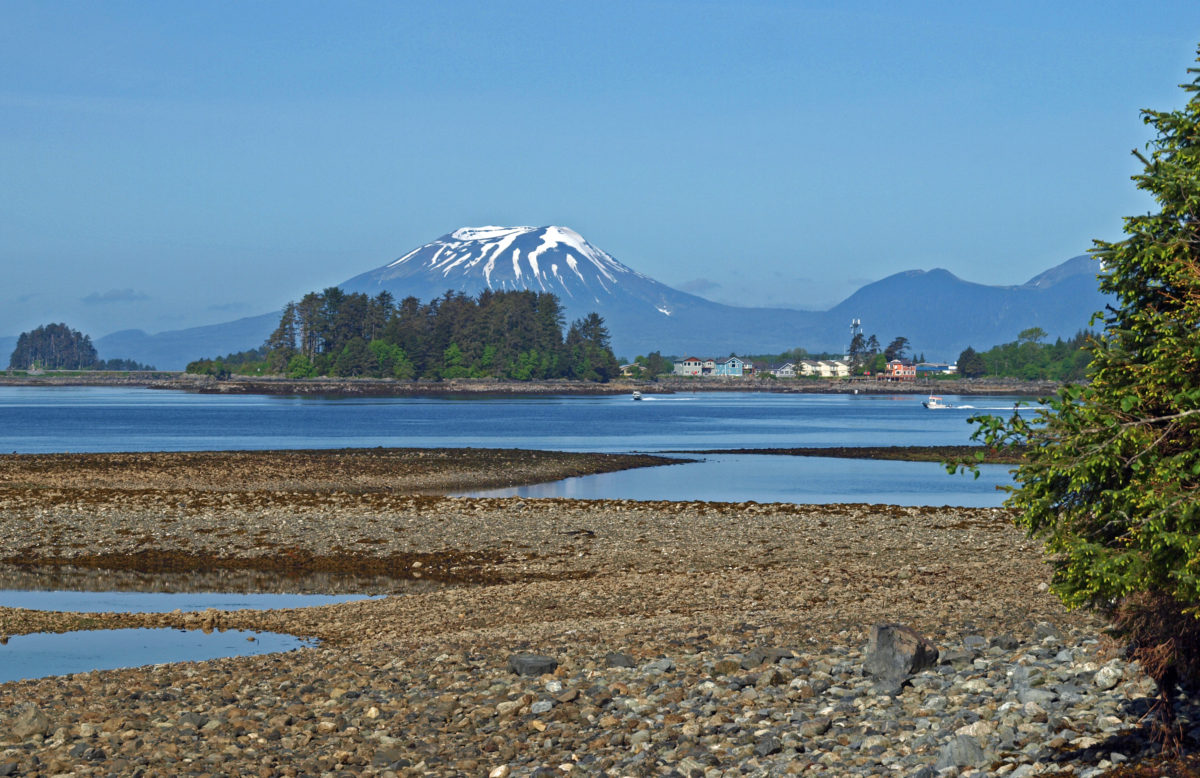by Alan K. Lee
Sitka, Alaska is located on a protected harbor on the western shore of stunningly beautiful Baranof Island in Southeast Alaska. To the west of the city many small islands dot Sitka Sound, and Mt. Edgecumbe, a dormant volcanic cone, rises 3200′ above the sound on Kruzof Island. To the north and east, Harbor Mountain and Mount Verstovia tower over the city, forming a dramatic backdrop.

My most recent visit to Sitka came in 2018 when my wife and I flew there to visit a friend of hers who had recently moved back to Sitka after having lived in Portland for many years. It had been more than twenty years since we had last visited, but not a lot had changed in those two decades. The town was a little bigger, maybe a little more touristy, but still a low key, relaxed place where people don’t lock their car, and usually leave the keys in it without fear of it being stolen.

Southeast Alaska is not traditionally considered part of the Pacific Northwest, but they are close geographically, are similar ecologically, and have closely linked cultures and histories, so I’m going to stretch the definition of the Pacific Northwest a little and include Sitka in the Northwest Destinations category here.
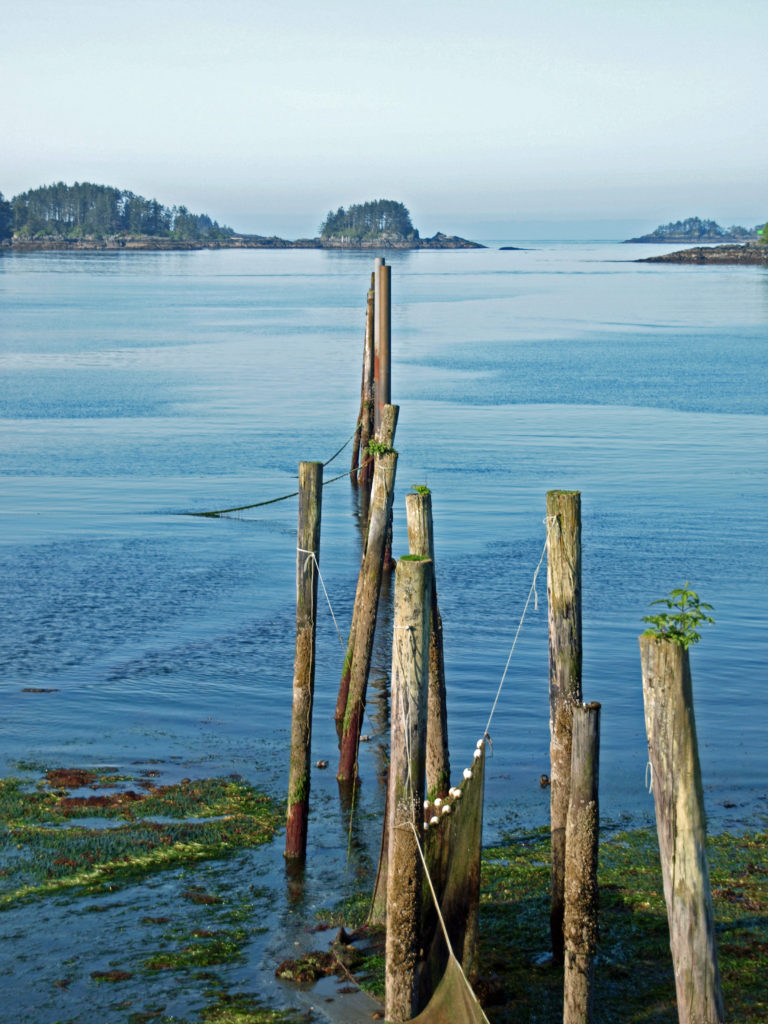
The weather in Southeast Alaska is always chancy. On our first visit, there were low clouds blocking views of the surrounding mountains the whole time we were in Sitka, and the only sunshine we saw on our two week trip was in Ketchikan on the day we flew in and again on the day we flew out. But this time we had sunshine and blue skies for most of our four days in Sitka.
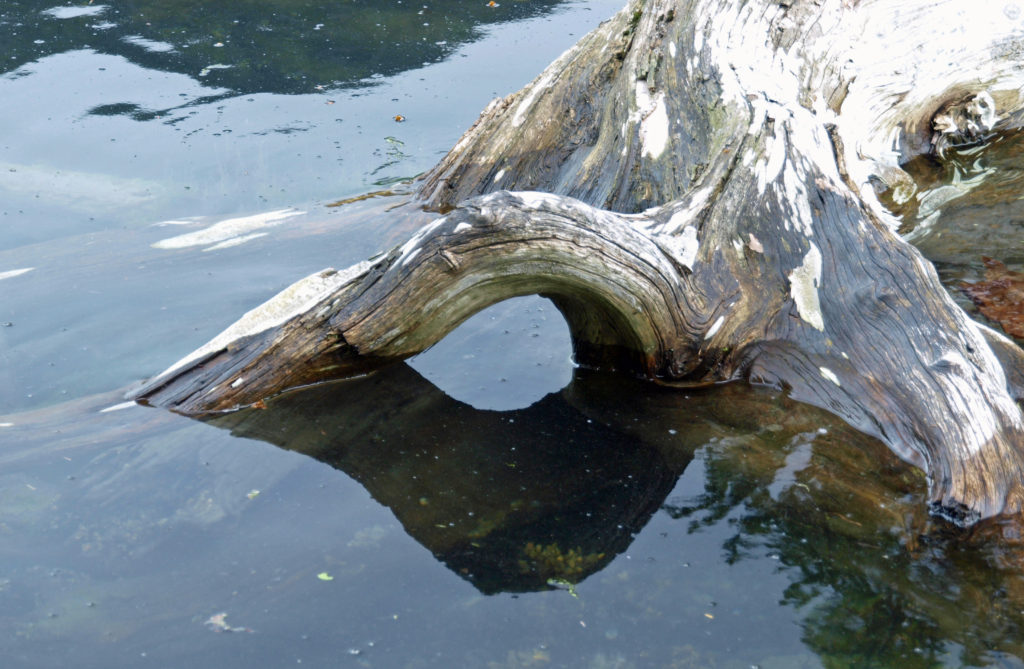
Sitka is an interesting and unique blend of Native American, Russian, and American cultures. The Tlingit people have inhabited the area for thousands of years. The name Sitka derives from the Tlingit name for the area, Shee Atika. In the 1740s Russians began exploring the area, and in 1799 Fort St. Michael was established at the present site of Sitka. The Tlingits burned down the fort in 1802, but the Russians returned two years later and forced the Tlingits out of the area. The Russian community of New Archangel, which became Sitka when the United States purchased Alaska from Russia in 1867, was founded in 1804 on the site of the destroyed Fort St. Michael. In the early 1820s some of the Tlingit people returned to the area, and there is still a Tlingit community in Sitka today. The Russian influence is also still present in modern Sitka. St. Michael’s Cathedral is an active Russian Orthodox church.
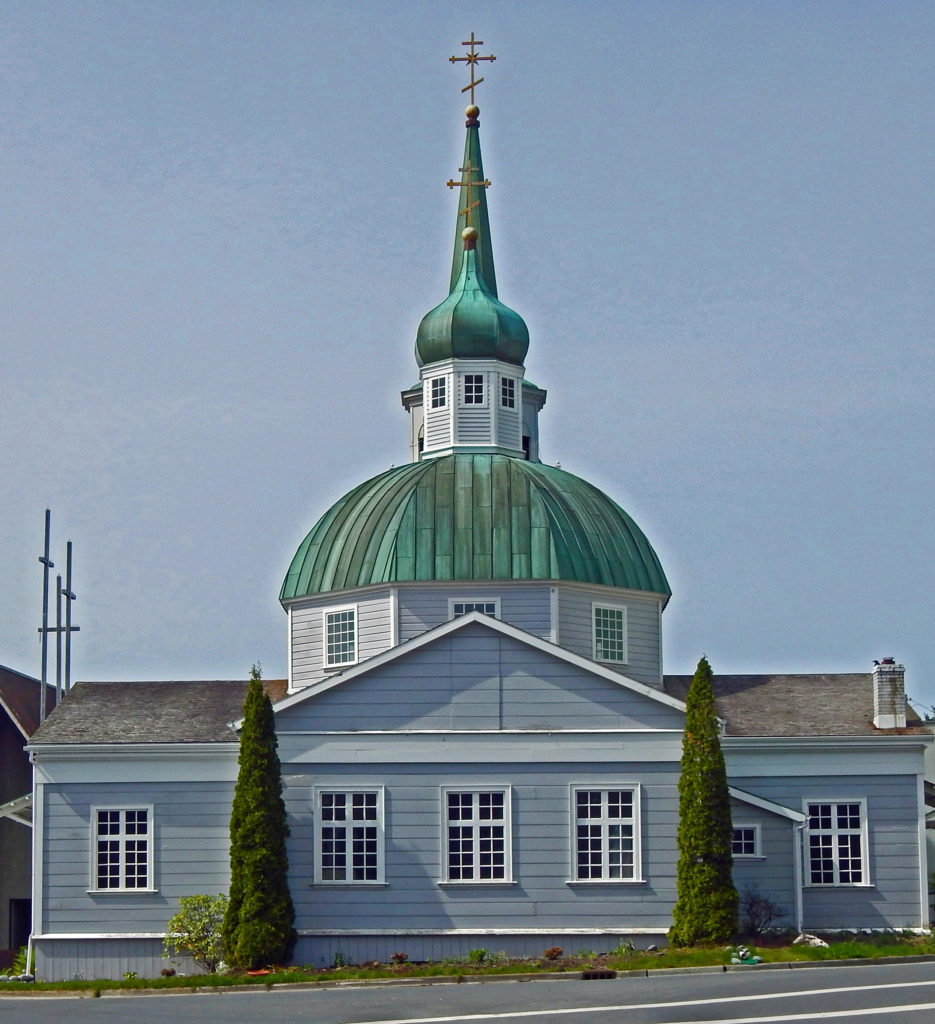
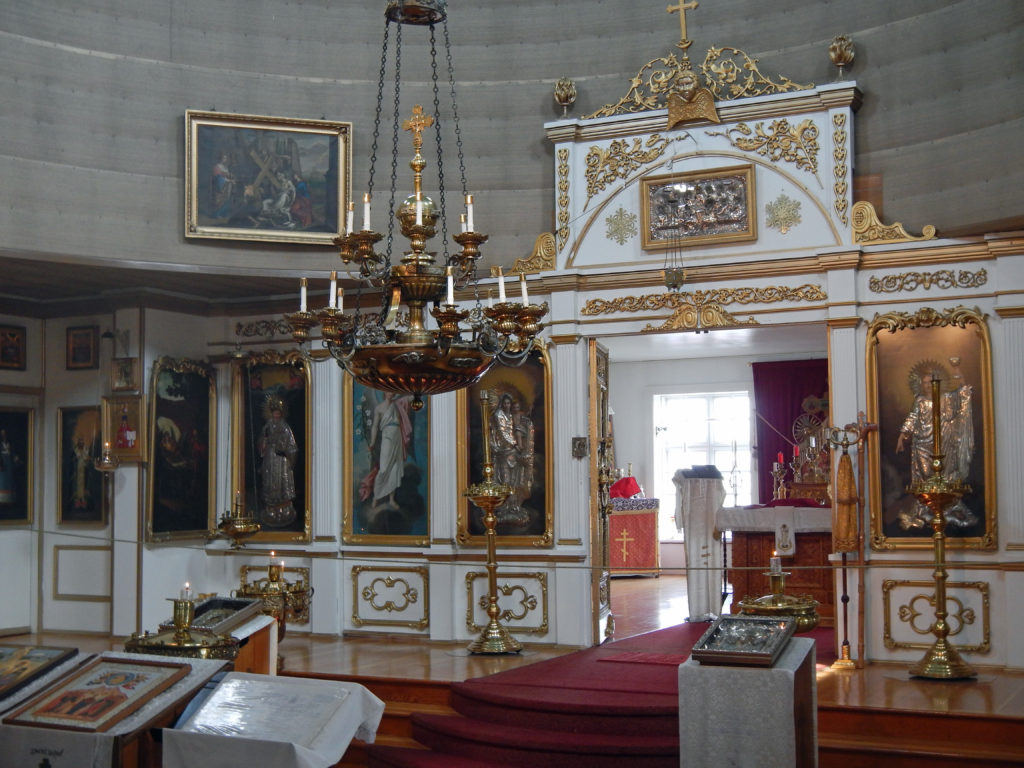
In town, the Sitka National Historical Park (locally known as Totem Park) is a must see, as are the Alaska Raptor Center, St. Michael’s Cathedral (built between 1844 and 1848), the Russian Bishop’s House (1842), and the Sitka Historic Museum. The Sheldon Jackson Museum, the Sitka Sound Science Center, the Lutheran Cemetery, and the Russian Cemetery are also definitely worth visiting. Sitka is a very walkable city, and all of the above are within easy walking distance of the city center. It’s also a very bike friendly city, and renting a bicycle is a good way to get around town. A few miles outside of town, the Fortress of the Bear, a non-profit refuge for orphaned cubs, offers close up views of brown bears, if you are so inclined.

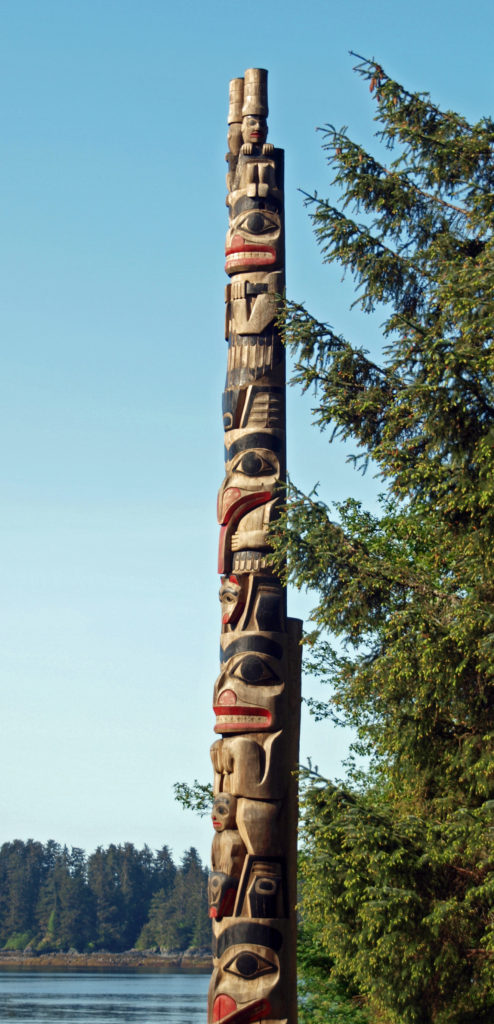

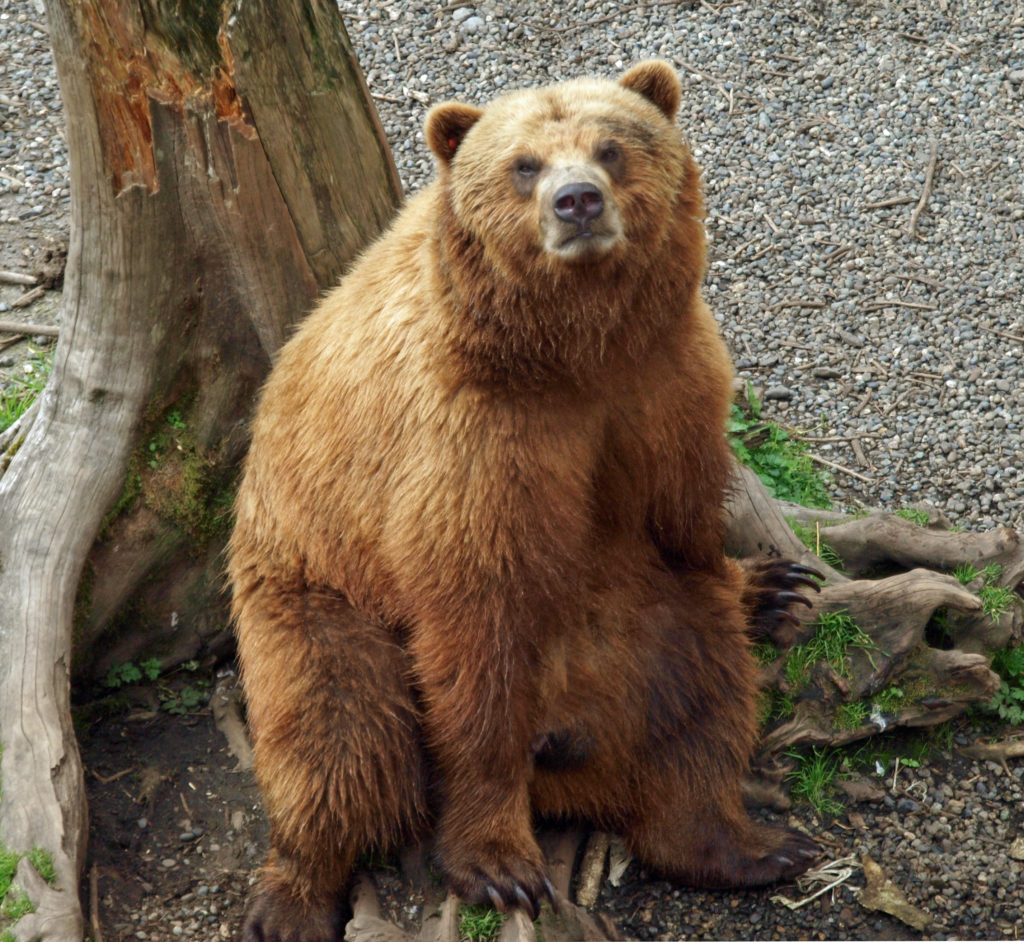
If you’re a fisherman, Sitka offers world class salmon and halibut fishing in the offshore waters. The Sitka Salmon Derby is held every May and June. The inland streams and lakes also offer quality fly fishing opportunities. For hikers, there are several trails that begin in Sitka, from the relatively flat Indian River Trail to the much steeper Verstovia Mountain Trail and Gavin Hill/Harbor Mountain Trail. Other hiking trails begin north and south of the city. Kayaks and boats can be rented in the city, and Sitka Sound looks to be a kayaker’s paradise.
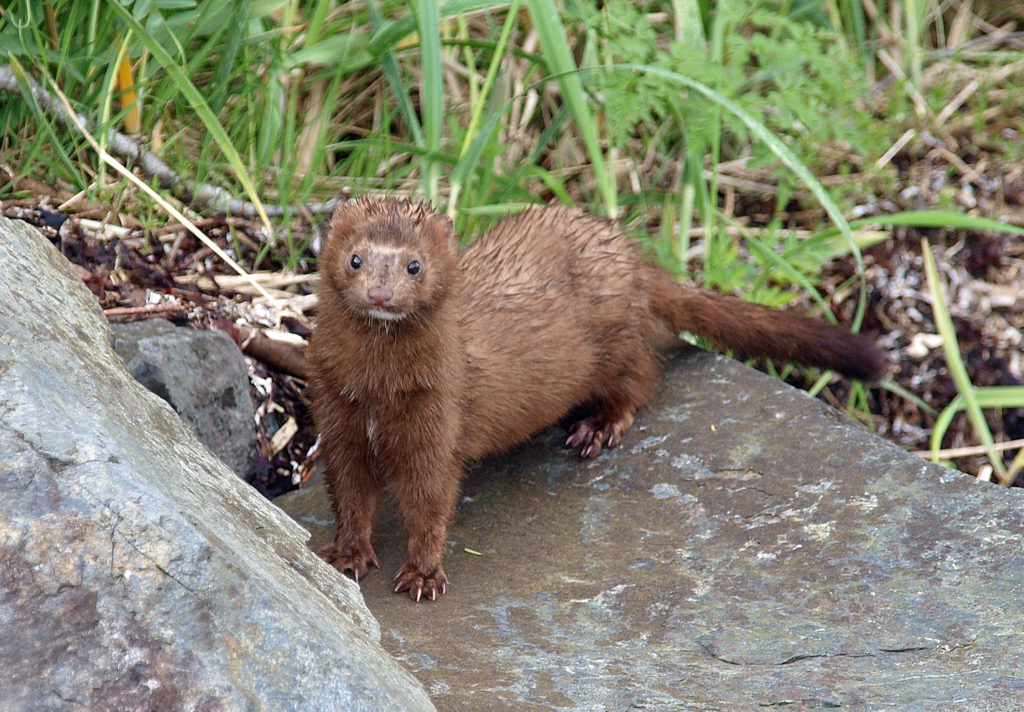
Flightseeing, ATV tours, hiking tours, city walking tours, car tours, kayak tours, and wildlife boat tours are all available in Sitka. On our trip, we took a sightseeing tour of Sitka Sound that was nothing short of incredible. I would highly encourage anyone who is planning a visit to find the time to do the same. We saw dozens of sea otters up close, probably fifty or more bald eagles, many other seabirds, seals, dolphins, humpback whales, and a pod of orcas, all within the space of about three hours.

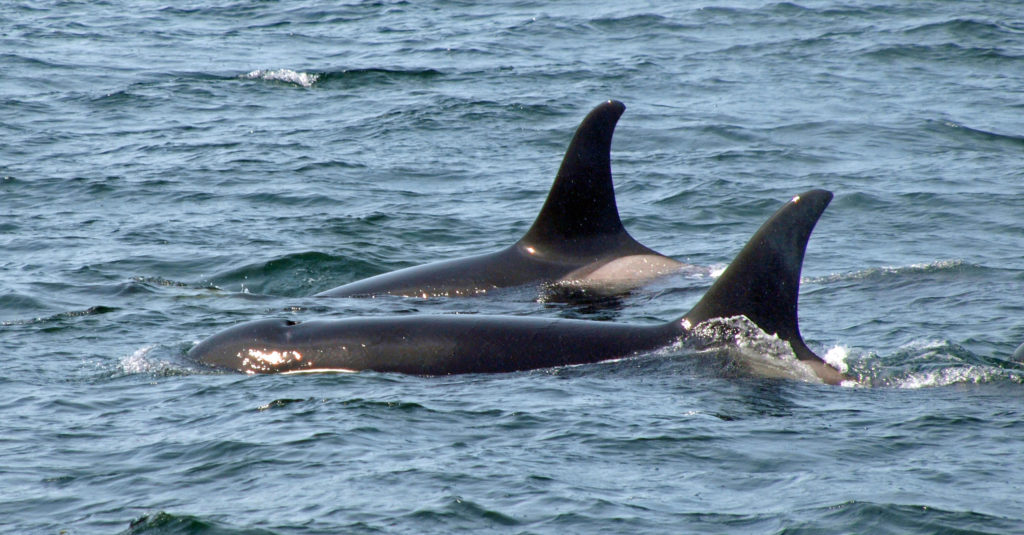
Sitka is also a very arts oriented town. In addition to numerous galleries in the city, the Sitka Jazz Festival is held every February, the Sitka Summer Music Festival is held in June or July, and the Sitka Fine Arts Camp and Arts & Science Festival for young artists is also held every summer. Other festivals include the Sitka Seafood Festival in August, The Alaska Day Festival (celebrating the transfer of Alaska from Russia to the United States) in October and the Sitka Whalefest in November.
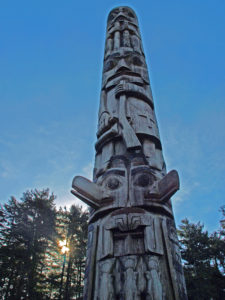
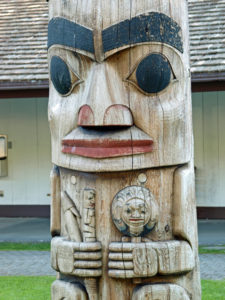

Sitka, despite its remote location, is relatively easy to get to. Alaska Air has non-stop flights daily from both Portland and Seattle, making it possible to visit Sitka on a long weekend. If you have more time, Sitka is a stop on most Alaska cruises. And Sitka can also be reached by ferry, which is how my wife and I traveled there on our first visit. Check the Alaska Marine Highway website for schedules, fares, and other information. Other useful websites include Visit Sitka , Travel Alaska , Welcome To Sitka , and Trip Advisor.
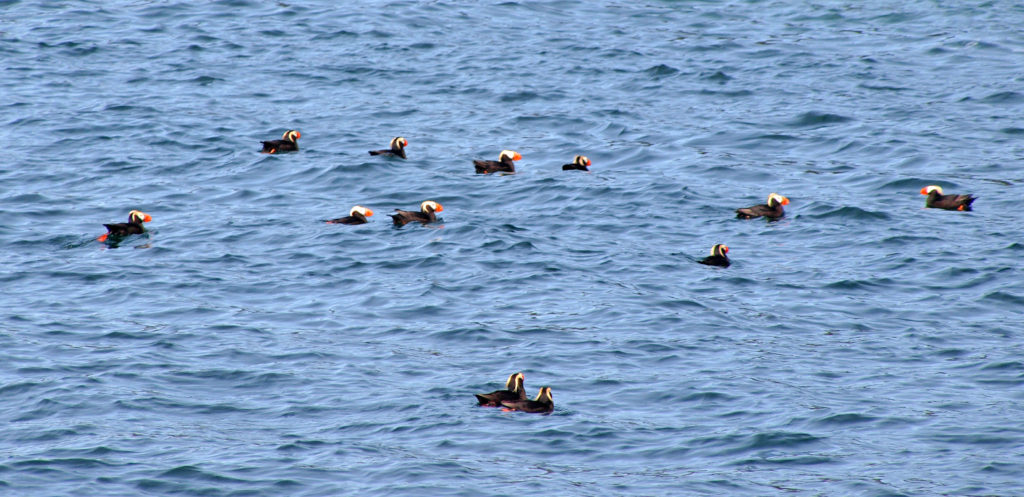
On our 2018 trip to Sitka we also visited Ketchikan and Juneau. The weather was so bad in Ketchikan that I took few photos and didn’t post anything from there. The weather was better in Juneau. Click here to view my post from Juneau.
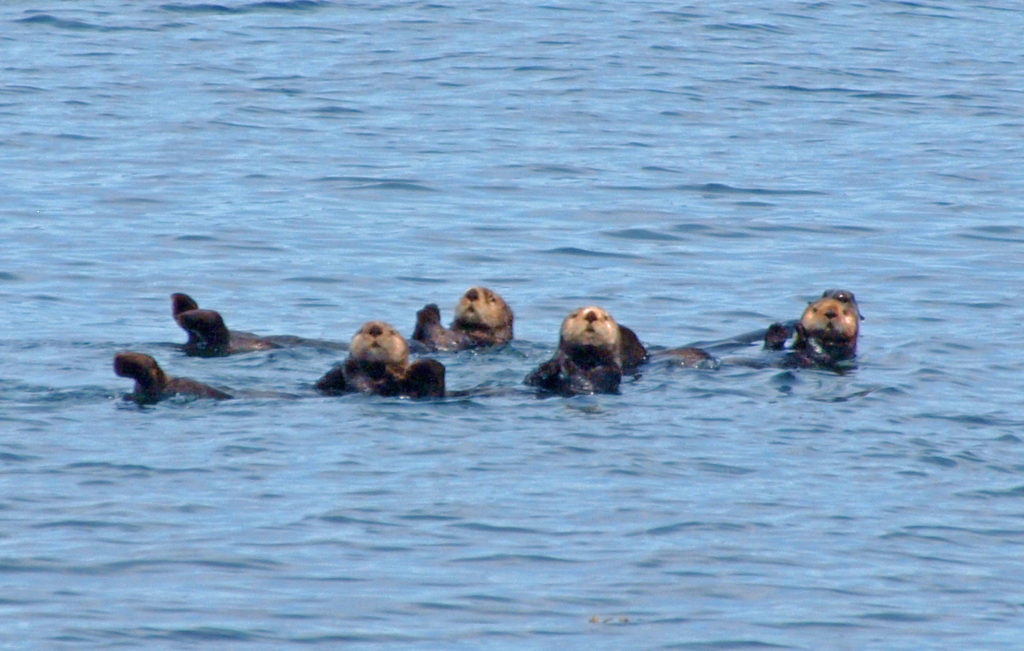
Originally posted July 30, 2018. Most recently updated May 30, 2023.
All photos © Alan K. Lee

